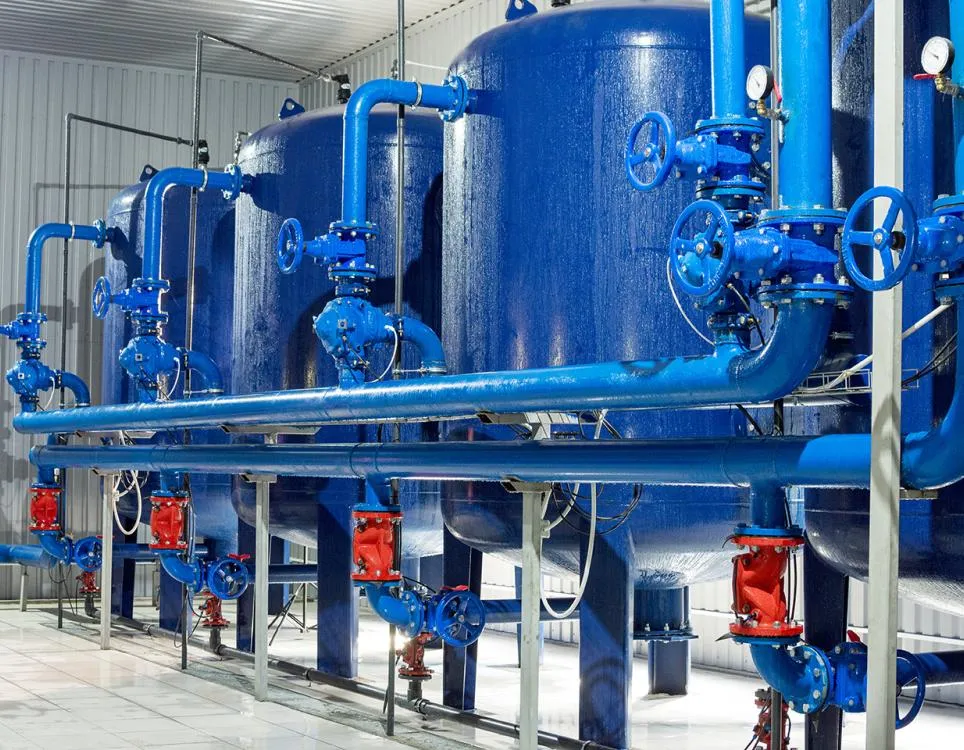Zero Liquid Discharge Plant for Chemical Industry
A Zero Liquid Discharge (ZLD) plant in the chemical industry is designed to treat and manage the wastewater generated during chemical manufacturing processes while achieving the goal of no liquid discharge into the environment. Given the often complex and hazardous nature of chemical industry wastewater, ZLD systems play a crucial role in environmental compliance, sustainability, and resource recovery. Here are the key components and considerations for implementing a ZLD plant in the chemical industry:
Wastewater Characterization: Before designing a ZLD system, it’s essential to thoroughly analyze and characterize the wastewater streams generated by chemical processes. This includes identifying the types of chemicals, contaminants, pH levels, salinity, and other relevant parameters.
Wastewater Collection and Segregation: Proper collection, segregation, and containment of different wastewater streams are essential to ensure that hazardous or incompatible chemicals do not mix. This helps in minimizing the complexity of treatment.
Pretreatment: Initial pretreatment steps may include the removal of coarse solids, oil, and grease from the wastewater. These steps prevent clogging and protect downstream equipment.
Chemical Neutralization: Some chemical wastewater streams may be highly acidic or alkaline. Neutralization processes are employed to adjust the pH to a level suitable for subsequent treatment processes.
Biological Treatment: Depending on the organic content of the wastewater, biological treatment processes such as aerobic or anaerobic digestion may be employed to reduce organic pollutants and biodegradable substances.
Advanced Filtration: ZLD systems often incorporate advanced filtration technologies, such as ultrafiltration (UF) and reverse osmosis (RO), to remove dissolved solids, ions, and contaminants from the wastewater.
Evaporation and Crystallization: The concentrated brine or reject water from the RO system is subjected to evaporation and crystallization processes. These steps remove the remaining water content, leaving behind solid salts for disposal or potential recovery.
Brine Management: Proper management of the concentrated brine or solid waste is essential. Some chemicals can be recovered from the brine, and the remaining solid waste must be handled and disposed of according to local regulations.
Heat Recovery: ZLD systems can be energy-intensive. Implementing heat recovery systems can help improve energy efficiency and reduce operational costs.
Monitoring and Control: Continuous monitoring of water quality, flow rates, and system performance is crucial to ensure efficient operation and compliance with environmental regulations.
Compliance: The chemical industry is subject to stringent environmental regulations. Compliance with local, state, and federal regulations regarding wastewater discharge is a fundamental aspect of operating a ZLD system.
Safety Considerations: Due to the potentially hazardous nature of chemical wastewater, safety measures, such as containment systems and emergency response plans, should be in place.
Building a ZLD plant in the chemical industry means setting up a smart system to clean and reuse all their water. It helps them follow the rules, saves water, and sometimes even finds valuable stuff in the wastewater. It’s good for the environment, good for saving water, and good for business!

